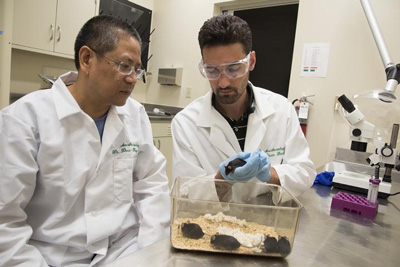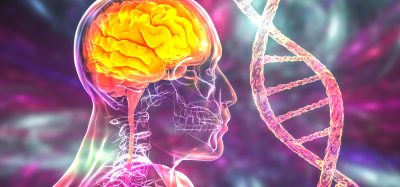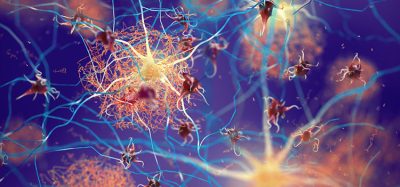A potential new target for scratching out itch
Posted: 20 July 2016 | Victoria White, Digital Content Producer | No comments yet
Scientists have discovered how sensory nerve cells work together to transmit itch signals from the skin to the spinal cord…


Scientists at the Washington University School of Medicine in St. Louis have discovered how sensory nerve cells work together to transmit itch signals from the skin to the spinal cord.
Their findings could lead to more effective ways to make itching stop, as Zhou-Feng Chen, PhD, director of the university’s Centre for the Study of Itch, explains: “By interfering with the activity of sensory neurons, we may be able to inhibit multiple types of itching.”
Chen’s team focused on the dorsal root ganglion of laboratory mice. Jim Dryden explained that it processes signals from the skin and transmits them to neurons in the spinal cord. The researchers looked at how neurons in the dorsal root ganglion process and transmit two types of itch signals – histamine-induced itching and chloroquine-induced itching.
The TRPV4 channel
Scientists had thought that histamine signals travelled through one type of calcium channel, while chloroquine signals travelled through a different channel. Calcium channels allow for the transport of calcium ions from one nerve cell to another, helping the cells transmit itch signals from the skin to other cells in the spinal cord.
But when scientists genetically engineered mice without the channel that processes histamine signals and then exposed the animals to histamine, the mice still scratched. The mice also scratched if they lacked the calcium channel that transmits chloroquine-induced itch signals and were exposed to chloroquine.
Puzzled by these results, Chen’s team set to work to figure out why the mice still scratched in both studies. After dozens of experiments, the scientists found that a third calcium channel called TRPV4 can transmit both types of itch. The scientists also learned that TRPV1, the channel that transmits histamine-induced itch, also plays a role in chloroquine-induced itch by helping TRPV4 process itch signals.
Chen said proving that the channels work in concert suggests the channels his team identified may be targets for treating itch: “It gives us new therapeutic targets upstream of the neurons in the spinal cord. By targeting a single channel in the periphery, it may be possible to reduce histamine-induced itching, chloroquine-induced itching and even types of chronic itching that don’t respond to current therapies.”
Related topics
Drug Targets
Related organisations
Washington University








